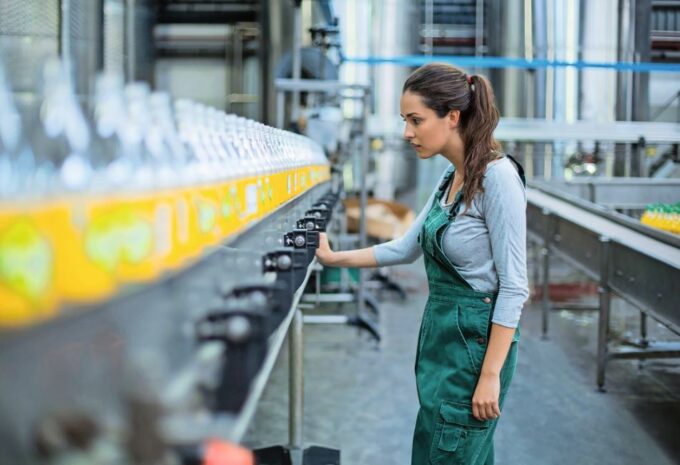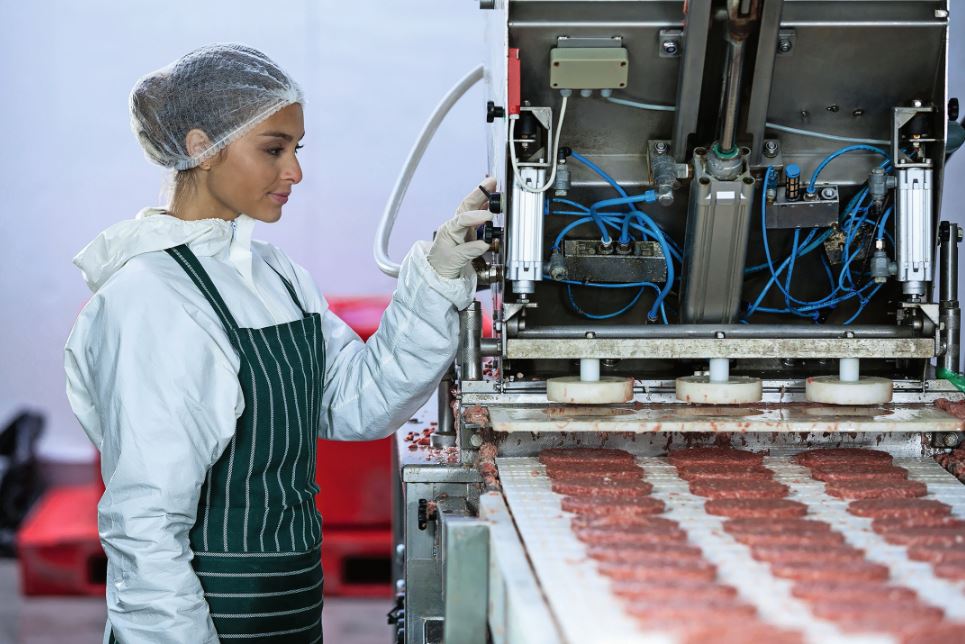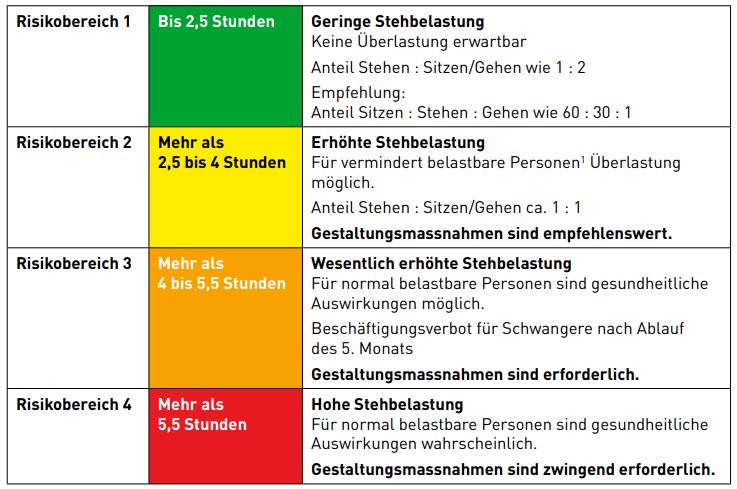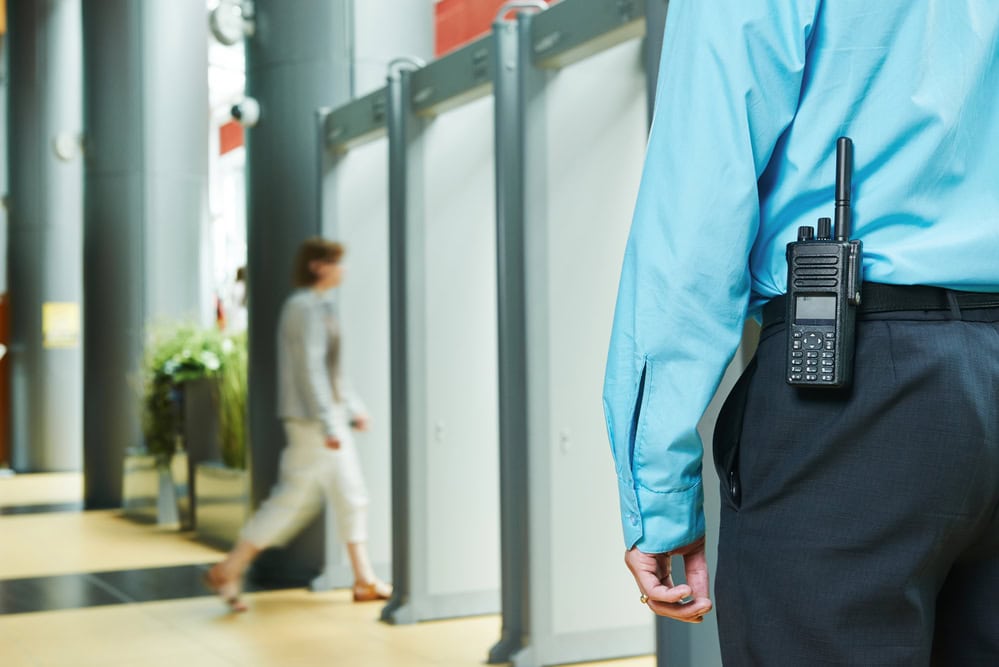Constantly on its feet
Standing is a natural posture. Almost everyone has to stand up at some point in their work, and for some people it's even good for them. However, the situation is completely different when a professional activity requires standing permanently.

Whether in the hairdressing industry or during assembly work, at the counter or on the assembly line, in many workplaces so-called standing work can put a massive strain on the body. If a standing workstation is unavoidable, it is important to design it as ergonomically as possible.
Standing still or standing knocked out?
The term "standing work" is used when it refers to a posture that is assumed forcibly. The German Länder Committee for Occupational Safety (LASI) defines it as work in the standing posture, which is
- Without the possibility to get few
Move 20 cm to the side, forward, backward or - Without temporary relief by walking or sitting
becomes a forced posture. The decisive criterion for health effects is the "duration without relief". If you have the opportunity to move freely at a standing workstation, the strain is significantly lower.
Man is a hunter-gatherer, i.e. he is made for walking. Frequent and sustained standing requires increased static muscle work, and this does not leave the body unscathed. The legs tire, become heavy or feel swollen. Muscle circulation becomes poorer, and pressure on joints increases. Feet, knees or legs may begin to ache. In the longer term, deformities such as splayfoot or fallen arches may develop or worsen. The tendency to varicose veins also increases. The circulatory system is strained because it has to transport the blood from the feet back up to the heart. Last but not least, the intervertebral discs also suffer from continuous standing. Therefore, a standing activity can be very strenuous, even if the actual task of hands and arms requires only little physical strength. Standing still is anything but comfortable, as not only recruits know to report.

Dynamism is the order of the day
To the question of whether sitting or standing is unhealthier, the answer can only be: Wrong question. Because neither sitting nor standing automatically harms health. However, it is always stressful for the skeleton and muscles when sitting or standing becomes a permanent and one-sided form of posture and the body spends many hours in one and the same position at the workplace day after day. Therefore, variety is the simplest means of prevention. Those who frequently stand at work should sit down during breaks, stroll around a bit or put their feet up for a change. Those who sit at a desk a lot, on the other hand, should move around during their breaks and
z.For example, take a short walk at lunchtime. Even though many workplaces only offer a limited choice, you should take advantage of all opportunities for variable postures. According to Suva, it's a good idea to divide your work into 60 percent sitting and 30 percent standing, and to move around the rest of the time.
Assess risks of standing loads?
The decisive factor for assessing the health risk is initially the duration of the standing work. The German Länder Committee for Occupational Safety and Safety Engineering (LASI) makes the following classification into four risk areas with increasing urgency of measures:

Take advantage of relief opportunities
As is so often the case in occupational safety and health, preventive or protective measures are based on the TOP principle.
Technical aspects: Standing stools can transfer up to about 60 percent of body weight from feet and legs. Sometimes standing for long periods can be made unnecessary by using high stools. The working heights of tables, assembly stands or work platforms should be individually adjustable to suit the user's height. If loads have to be moved while standing, lift trucks and lift tables can make work easier.
Organizational Approach: Prolonged standing should be avoided whenever possible, for example by alternating employees between standing and sitting tasks. Pure standing work should only be arranged if the task is not possible or not sensible in a seated position.
Personal: High-quality footwear with a footbed, stable heel area and good cushioning is absolutely essential for standing work. The heels should be rather flat. After consultation with a doctor, compression stockings can or should also be worn if necessary.
Relief through work mats
A high-quality doormat protects against joint pain and cold feet and relieves spinal discs, muscles and tendons. It should be shock-absorbing, elastic to slightly springy, but at the same time stable and - usually due to knobs or ribbing - slip-resistant. The material is also a purchase criterion, because an ergomat can protect against unpleasant cold underfoot and reduce noise and vibrations. At the same time, the material must be appropriate for the working environment, e.g. offer resistance to oils and greases or have antistatic properties. Suitable mats are also available for special conditions such as welding work or clean rooms. There is a wide range of products, from standard sizes and rolls to puzzle-like, individually combinable bases. An occupational mat for permanent employees is a comparatively inexpensive purchase and prevents significantly more expensive sickness-related absences.
This technical article appeared in the printed edition SAFETY-PLUS 2-2022. Want to read the full article in this issue? Then close right away here a subscription.









